Don’t Take a Hike With Your Dog Before Reading This
Hiking with a dog sounds simple—leash up, grab some water, and hit the trail. But if you’ve ever done it before, you know it’s not quite that easy. The great outdoors comes with its own set of risks, and your four-legged friend relies on you to keep them safe. Before you head out, here’s what you need to think about.
Is Your Dog Old Enough?
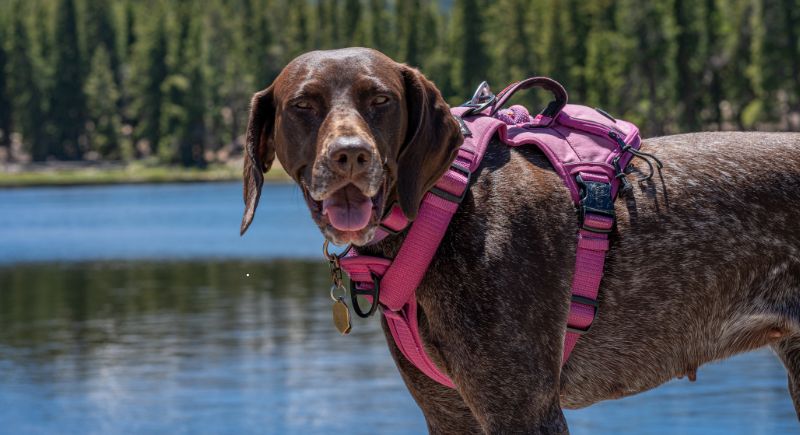
Credit: Canva
Not all dogs are ready for the great outdoors, no matter how eager they seem. Puppies have growing joints that can’t handle the impact of steep inclines or long distances, and pushing them too soon can cause serious joint problems down the road. On the flip side, senior dogs might still have the spirit but lack the stamina. If your dog’s under a year old—or showing signs of slowing down—stick to short, easy walks and let your vet weigh in before attempting anything strenuous.
How Hard Is the Intended Hike?
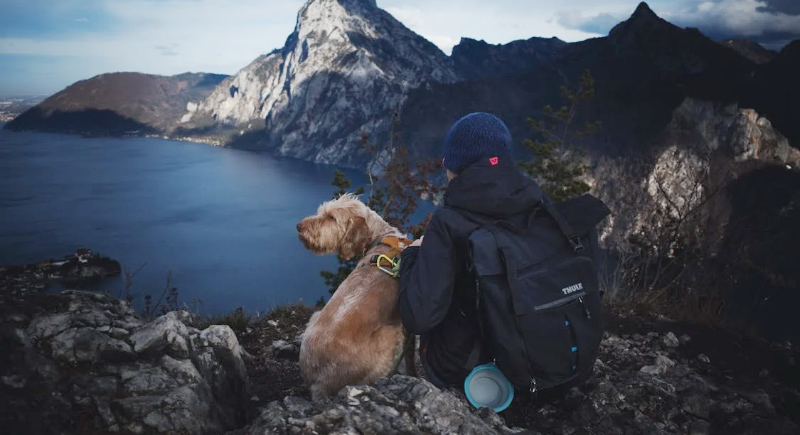
Credit: pexels
Not every trail is dog-friendly, and even those that are might not be right for your dog. A gentle woodland path is one thing, but steep, rocky terrain can be brutal on their joints and paws. Consider distance, incline, and surface conditions before committing to a route. Some breeds, like Huskies and Labs, thrive on long hikes, while smaller dogs or flat-faced breeds can overheat or tire out quickly.
Be Aware of Toxic Plants

Credit: Reddit
Dogs sniff everything, and some will eat anything that looks remotely interesting. That’s a problem when certain wild plants are toxic. Poison ivy and oak can cause painful rashes, some mushrooms are deadly, and flowers like oleander or foxglove can lead to heart failure. In desert areas, cactus spines can lodge into paws or noses. Before you go, familiarize yourself with local toxic plants, and keep a close eye on what your pup gets into.
Watch for Dog Heatstroke
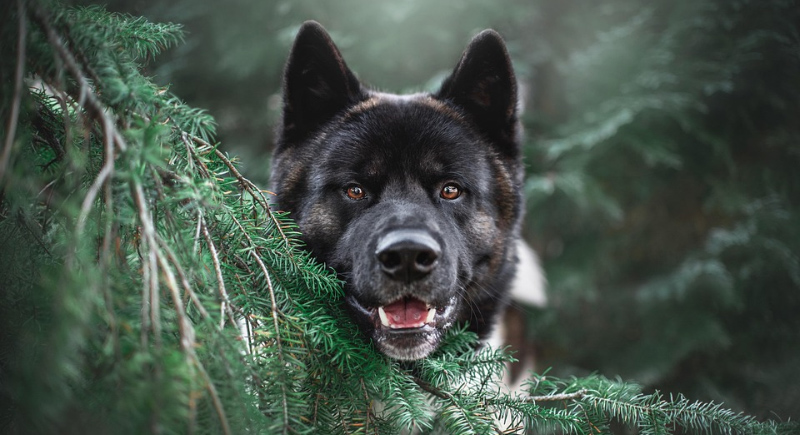
Credit: pixabay
Unlike us, dogs can’t sweat to cool down, and that thick fur coat traps heat. Hot pavement, strenuous exercise, and high humidity can push them toward heatstroke before you even realize it. If their tongue is lolling out like a wet towel, they’re slowing down, or their eyes look glazed over, stop immediately. Always hike in the cooler hours of the day, pack more water than you think you’ll need, and take frequent breaks in the shade.
Watch for Snakes

Credit: Canva
Depending on where you hike, snakes can be a real concern—especially rattlesnakes in dry, rocky regions. A curious dog can get too close before realizing the danger, and a bite can be life-threatening. Keep your dog on the trail, stay alert around rocks and tall grass, and if you’re in an area with venomous snakes, consider rattlesnake-aversion training.
Protect Your Dog’s Paws
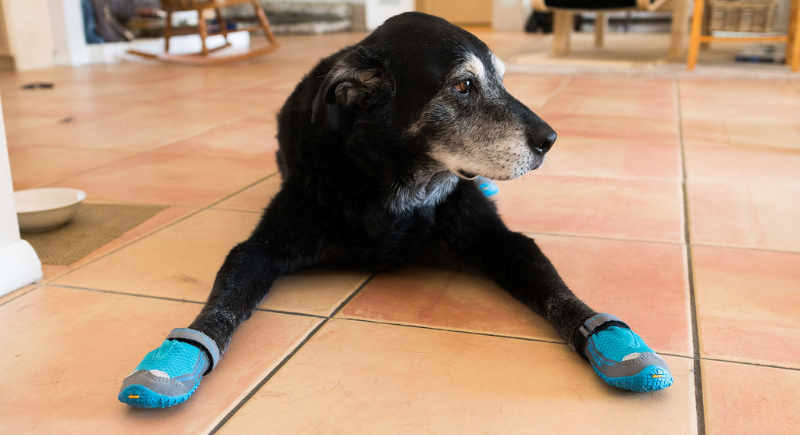
Credit: flickr
You wouldn’t walk barefoot on scorching pavement or jagged rocks, and your dog shouldn’t either. Hot sand, rocks, and even dirt trails can burn on a scorching day. Jagged rocks and thorns can cut their pads, while snow and ice can lead to painful cracking. If you’re hiking on rough terrain, bring dog booties or apply paw balm to protect their feet. After the hike, check their paws for injuries or debris lodged between their toes.
Leash Regulations
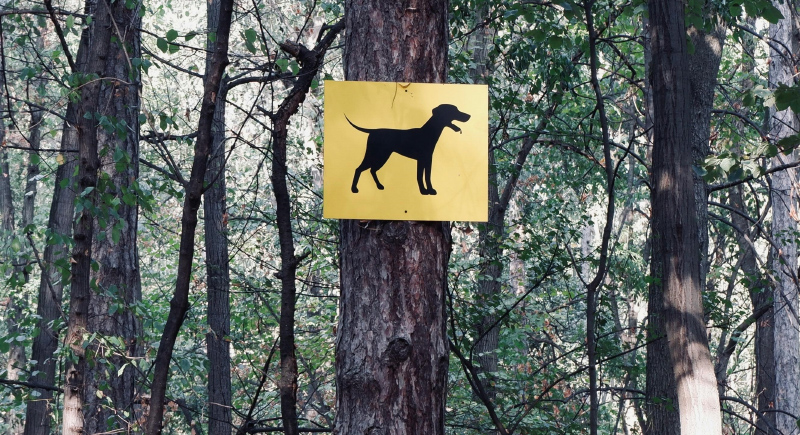
Credit: pexels
Even if your dog is a trail pro, rules are rules. Many parks require dogs to be leashed, and for good reason—it protects wildlife, other hikers, and your pup from unexpected dangers. Some trails allow off-leash dogs in certain areas but always make sure your dog won’t chase after wildlife or run up to strangers uninvited. If you do let them roam, be confident in their recall—because a deer sprinting by can override even the best training.
Leaving Waste on the Trails
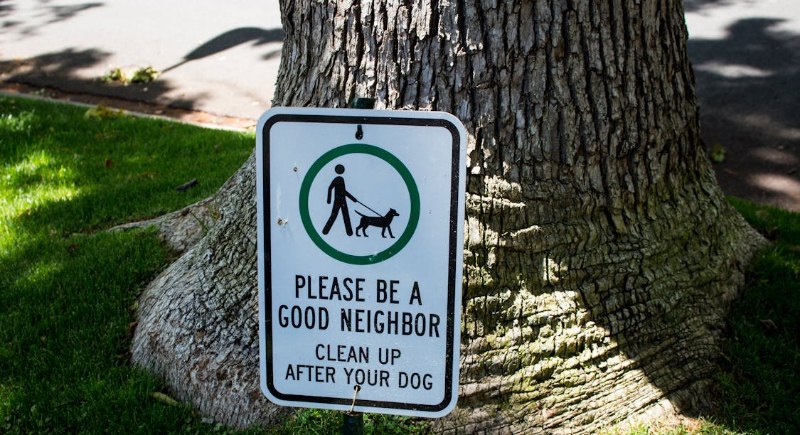
Credit: pexels
Yes, it’s nature, but no, you can’t just leave your dog’s mess behind. Unlike wild animal waste, dog feces contain bacteria that can contaminate water sources and disrupt ecosystems. Even in remote areas, it doesn’t just disappear. Always pack out waste or bury it if you’re in a backcountry setting where that’s allowed.
Bring Lots of Water
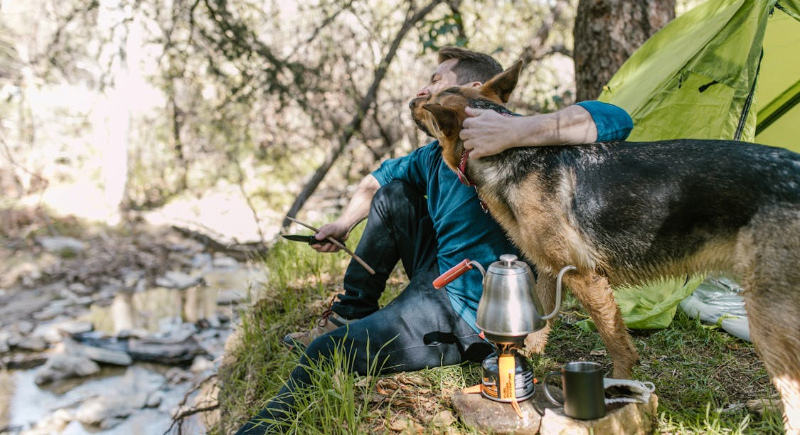
Credit: pexels
Natural water sources might seem convenient, but bacteria and parasites like Giardia lurk in even the clearest water. Carry enough fresh water for both of you, along with a collapsible bowl to make drinking easy. If you’re hiking long distances, a dog-friendly water filter can be a lifesaver. A thirsty dog might drink from a stagnant puddle or stream, which can lead to serious stomach issues later.
Get Comfortable With the Trail
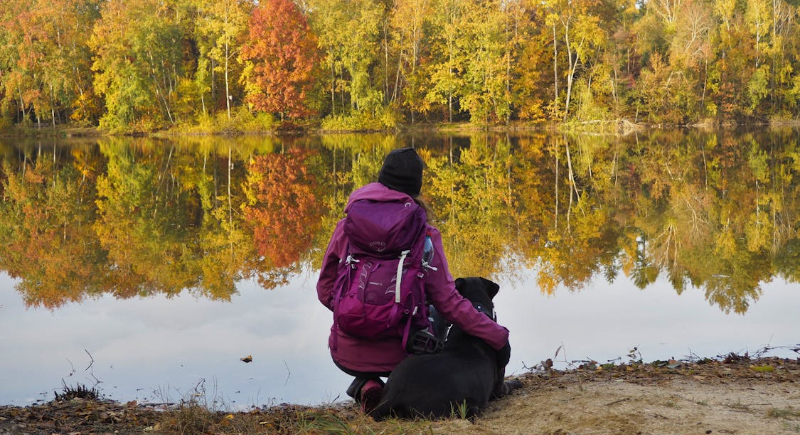
Credit: pexels
Some trails look inviting on a map but turn out to be a maze of steep climbs and rocky patches. If it’s your first time hiking there, do some research. Check maps, read reviews, and, if possible, visit without your dog first. Know the elevation gain, water availability, and possible hazards. Some trails may have ladders, rock scrambles, or narrow ledges that could be impossible for a dog to navigate safely.
Does the Trail Allow Dogs?

Credit: Canva
Not all parks are dog-friendly, and rules can change depending on the season. Some national parks prohibit dogs to protect wildlife, while others only allow them in designated areas. You don’t want to drive an hour just to be turned away at the entrance, so check the rules ahead of time—a quick search can save you the hassle.
Know How to Handle an Encounter With Wildlife
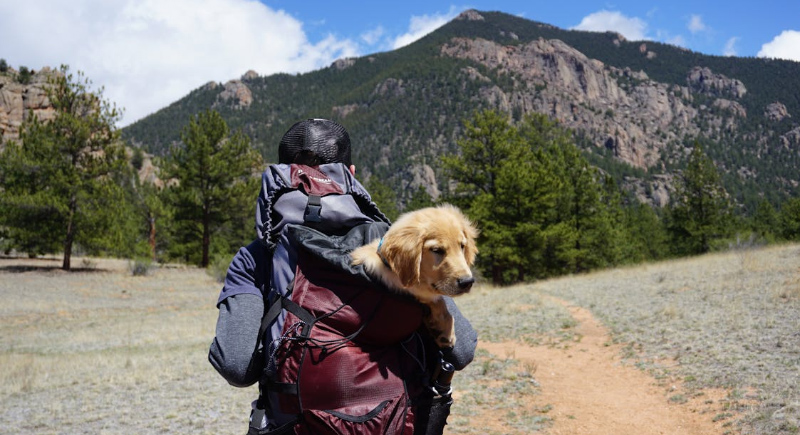
Credit: pexels
You never know what you’ll run into on a hike—deer, coyotes, even bears in some areas. A barking dog can provoke a defensive attack, so always keep your pup close if you spot wildlife. If you see a bear, stay calm, back away slowly, and avoid direct eye contact. Running triggers the chase instinct. Carry bear spray in high-risk areas and keep food securely stored.
Check the Weather

Credit: pexels
Weather changes quickly in the wilderness. A sunny day can turn stormy in minutes, and a cold front can bring temperatures that are dangerous for dogs—especially short-haired breeds. Rain can make trails slick, and snow can hide potential hazards. Check the forecast and be prepared with extra gear if necessary.
Post-Hike Safety Plan
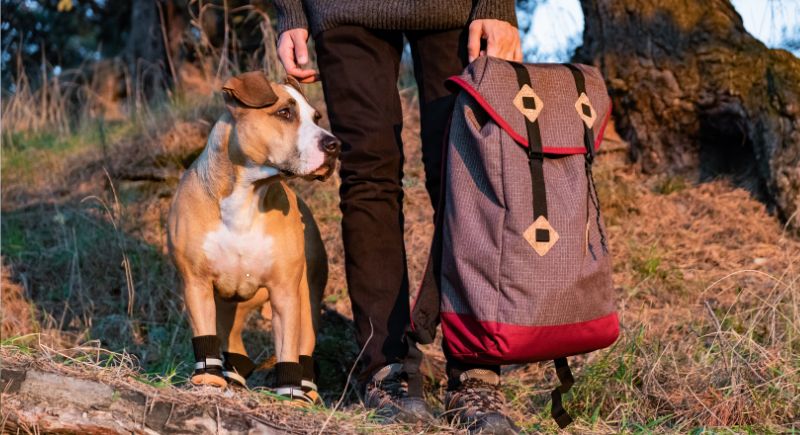
Credit: Canva
After the hike, don’t just assume your dog is fine. Check them from nose to tail—look for ticks, burrs, cuts, or signs of soreness. If they’re licking their paws excessively, they might have burns or small injuries. Offer fresh water and food, and let them rest before their next big adventure.
Have an Emergency Plan
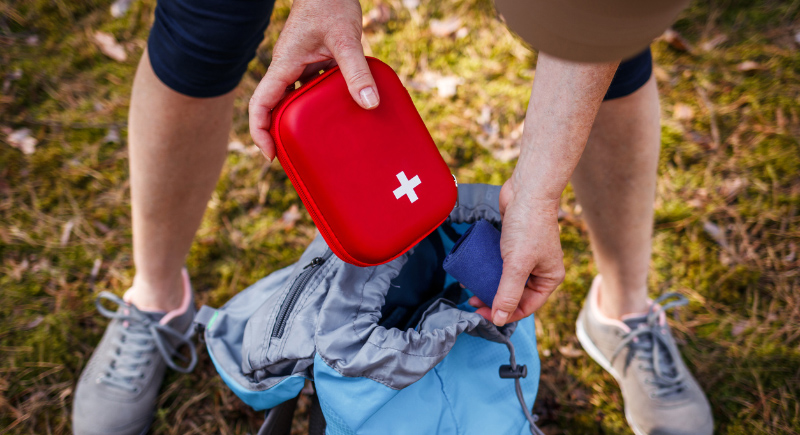
Credit: iStockphoto
No one expects things to go wrong, but accidents happen. A sprained ankle miles from the car is bad enough—you don’t want to carry a 60-pound Labrador out of the woods. Carry a first-aid kit with antiseptic, bandages, and tweezers for ticks or thorns. Know the nearest veterinary hospital and have a backup plan if your dog gets injured or is too tired to continue.
Trail Manners 101

Credit: Canva
Even the best-behaved dog needs a refresher on trail etiquette. Keep your pup on a leash unless signs clearly say otherwise, and always yield to other hikers, horses, or cyclists. Pick up after your dog; no one likes surprise “trail treasures.” A polite pup keeps the outdoors welcoming for everyone.
What to Do If You Get Separated
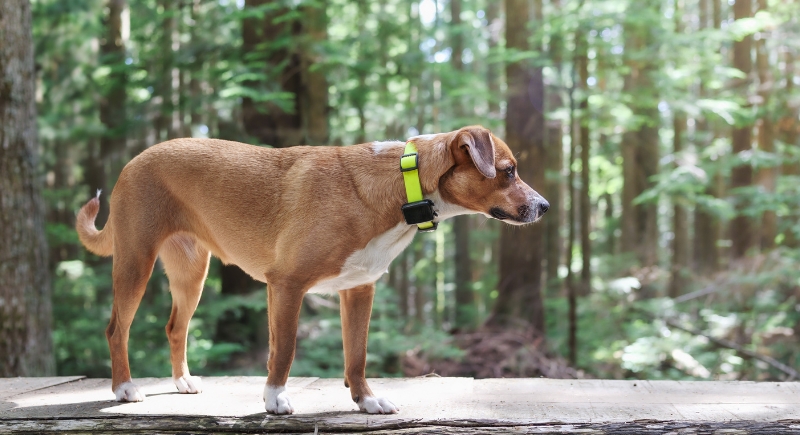
Credit: Getty Images
Ensure your dog’s collar has an up-to-date ID tag and consider adding a GPS tracker for added peace of mind. If your pup runs off, stay calm and return to familiar spots; dogs often circle back to these areas. A quick whistle, favorite toy, or treat can help reunite you faster.